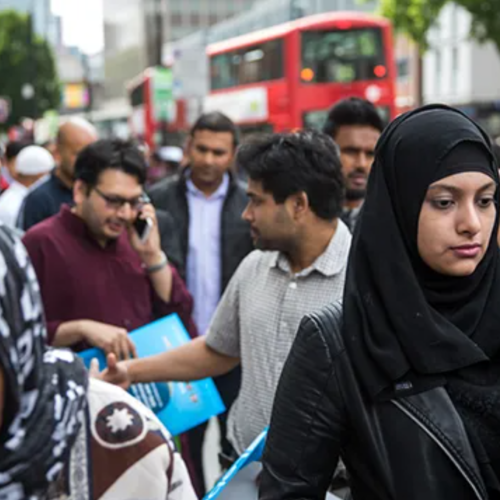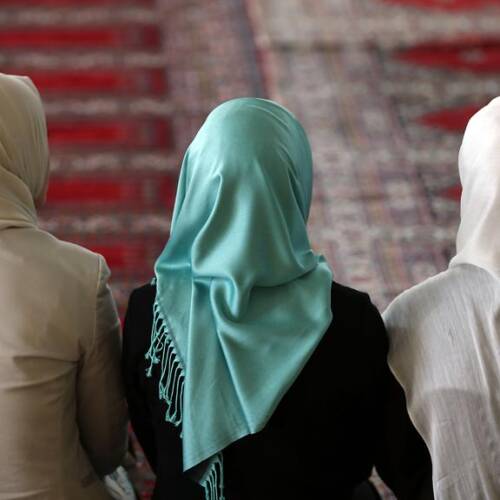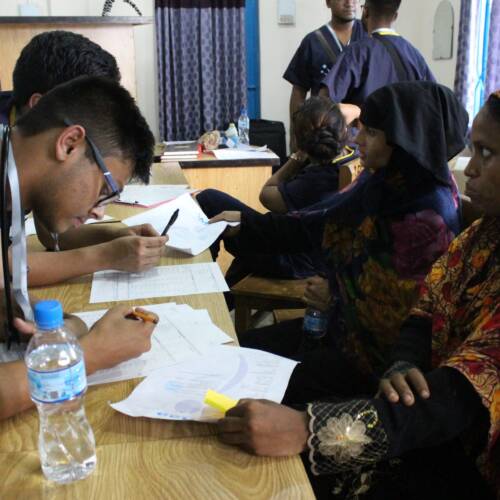
A Deep Dive into Addressing Women’s Mental Health Needs
24 Jul 2020In a previous article, I discussed how the multiple roles women fulfil in society, the significant gender discrimination they contend with and the associated pressures of social factors like poverty, overwork, domestic abuse and sexual violence, render them at greater risk of experiencing mental illnesses.
Women play an integral role in all aspects of society. Hence, the failure to address their mental health problems has damaging consequences on society as a whole. This brings us back to the question I posed at the end of my previous article; that is, how can we as a community work to address the above mentioned factors, in order to improve women’s health, and consequently, societal well-being?
In this article, I will explore some comprehensive changes that can be introduced on multiple levels of society to normalise the discussion on women’s health issues and support their welfare.
Personal:
Our society is largely segregated based on ‘gender’. We perpetuate fixed gender roles which, in turn, create unconscious, unintentional yet automatic mental associations based on gender, stemming from traditions, norms, values, culture and/or experience – known as gender biases. Some examples of mental health-related gender biases include common comments like “…it’s that time of the month” or “women are too emotional, they can’t make rational decisions” and so on.
The relationship between women’s reproductive functioning and their mental health has received protracted and intense attention over many years, while other significant areas of their health have been neglected. On the other hand, the contribution of men’s reproductive functioning to their mental health has been virtually ignored.
In addition, studies suggested that women suffer mentally far more than men in societies that have greater levels of gender inequality.
Abolishing gender biases is the most challenging yet crucial step to elevate society from a segregation-based mindset to an inclusivity-based mentality. Just as we seek to address race and minority issues, addressing gender-based discrimination is achieved when community members realise that it is their civic responsibility to avoid and prevent the marginalisation and stereotyping of the ‘Other’.
It is our responsibility to actively educate ourselves on the gender inequalities and biases that exist in our society. This allows us to become more vigilant about how prevalent these unconscious ideas and behaviours are in our own lives and surroundings (for example, we realise that we too make certain ‘biased’ comments). Becoming aware, in turn, helps us to take steps to correct these actions (we consciously make an effort to stop them), and consequently break the chain of discrimination. Our refusal to use such comments teach not only ourselves, but also raises awareness to those around us, including the next generation.
Government:
Increasing awareness about women’s mental health problems among influential people in all governmental sectors is a key step we must take towards making societies more sensitive and effective in tackling such issues. This is interpreted practically in the development and implementation of policies and procedures that seek to improve women’s health across all sectors.
Healthcare:
Healthcare staff should be trained and equipped with the skills to detect and address women’s mental health problems. However, a major barrier to identification and intervention in cases of domestic violence is the tendency of physicians and other primary care professionals to suspect violence only when physical injuries are present. However, these signs are not always there or, if present, they are not always obvious. The reliance on physical signs as an indicator of abuse results in a substantial proportion of undetected victims who instead are often labeled as neurotic.
This highlights the importance of incorporating education and training on issues related to women’s mental health into the curricula for medical and health care workers.
Media:
Media can be used to promote community awareness as well as positive and supportive attitudes and behaviours, in relation to women’s mental health. It can also be used as a means of advocacy.
Actions can be taken to monitor, remove and also prevent the use of images, messages or stories in the media that perpetuate biases and have potentially negative consequences on women’s mental health ex: hypersexualisation of females and perpetuation of stereotypes, and so on. Secondly, media can be used to inform and raise awareness about issues related to women’s mental health and address the stigma associated with it.
The most common methods for using media in advocacy include advertising, publicity and ‘edutainment’. These can be ustilised to lobby for change in the social, structural and economic factors that contribute to such issues.
One common word that was repeated in almost every section above is Education. The process of normalising and addressing women’s issues starts with the implementation of educational reforms to eliminate gender biases and discrimination at the grass-root level. For example, schools and governmental bodies and structures.
Women are an indispensable element of a thriving community. Furthermore, their role expands to mould and mesh together other foundational elements. Hence, ensuring the well being of women is at the core of ensuring the success and elevation of society.















